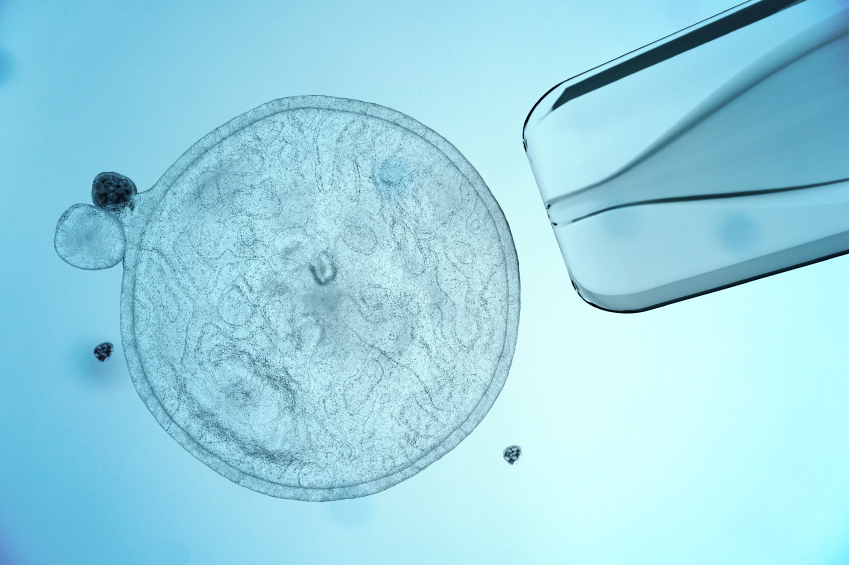Following the 3D printing of organs, the Europe 1 website announced that researchers at the Montpellier CHU (University Hospital Centre) had succeeded in “reconstituting and printing a human embryo in 3D, at the stage where the embryo comprises only a few cells“.
Basically, “scientists have managed to enlarge and produce an embryo at the pre-implantation stage using photos and software to generate a 3D imprint“. The print is thus “the exact, albeit enlarged replica of the embryo“. It is the size of an apple. The object itself “is not human“, explains the Europe 1 website. However, it can be “observed by doctors from every angle“. Thus this advance “brings hope to infertile couples who have used in-vitro fertilisation” because it “should substantially improve the embryo implantation success rate within the scope of IVF“.
Gènéthique Note:
Going beyond the “advance” in terms of MAP, this world first raises the issue of embryo selection prior to implantation. In fact, the improved IVF success rate involves eliminating embryos deemed not to conform or less likely to be implanted. This elimination process has already taken place. It is now a case of enhancing performance, accentuating the questions raised on the eugenics of pre-implantation selection. Read the interview with Jacques Testart, INSERM scientist and Gènéthique expert, on embryo selection.
Europe1.fr 22/09/2014 – Gènéthique

